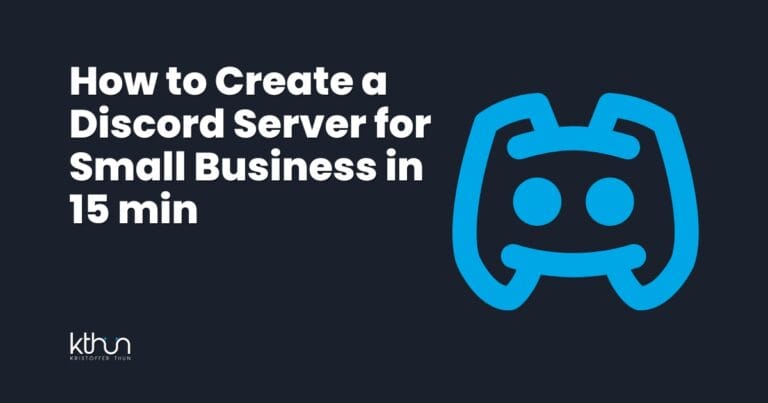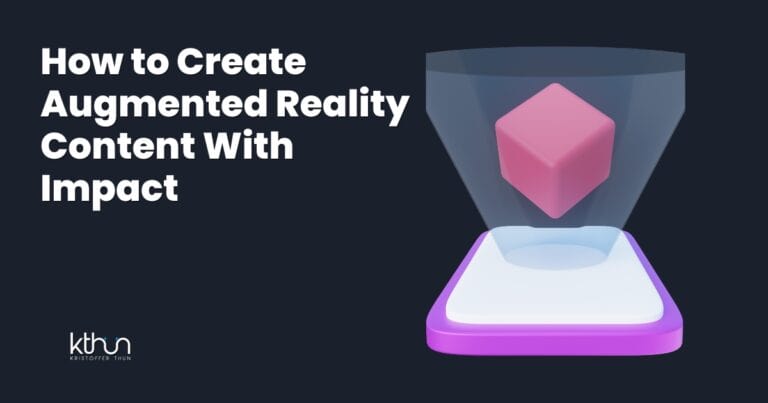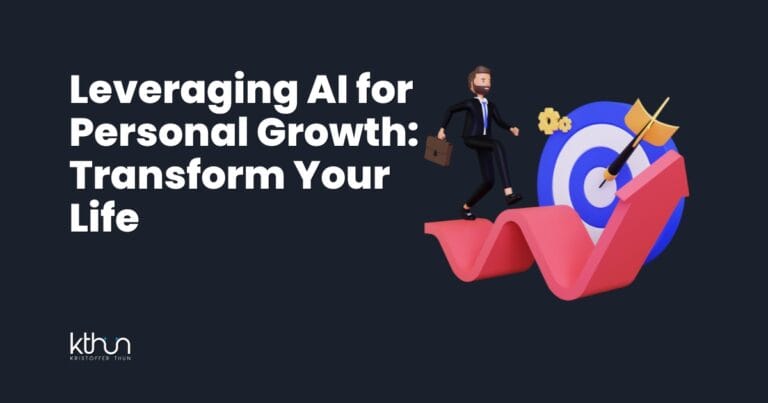Not so long ago, I was staring at my 47th failed AI-generated portrait, wondering if I’d wasted $10 on a Midjourney subscription.
After months and over many generated images across three platforms, I’ve learned that creating beautiful AI art isn’t magic—it’s methodology.
I mean, seriously – all those design programs, techniques, and artistic skills still matter…
The thing is, AI image generation has opened new doors for creativity. It lets you bring ideas to life even if you’re still building traditional art skills.
You know what happens?
You type a prompt, hit generate, and the result looks nothing like what you wanted. Sound familiar?
I’ve been there too.
The good news?
Most issues come from common mistakes you can fix today.
AI tools work best when combined with creative vision, whether you’re a seasoned artist or just starting out. Understanding both the possibilities and limits helps everyone create better.
Let’s dive into my seven biggest AI image generation mistakes (and how to avoid them).
I partner with awesome companies that offer products that help my readers achieve their goals! If you purchase through my partner links, I get paid for the referral at no additional cost! For more information, visit my disclosure page.
1. Understanding Prompt Engineering Fundamentals

Think of prompts as recipes for your AI.
Bad recipes mean bad results – it’s that simple.
Many beginners use vague words like “beautiful” or “cool” and wonder why the AI seems confused. These words mean different things to different people.
So what works better?
Use specific details about:
- Subject (person, landscape, object)
- Style (realistic, cartoon, oil painting)
- Lighting (bright daylight, moody sunset)
- Colors (vibrant reds, muted blues)
- Composition (close-up, wide shot)
Compare these two prompts: “A beautiful sunset” vs. “A vibrant orange and purple sunset over calm ocean waters with silhouetted palm trees.”
See the difference?
The second one gives the AI clear instructions to follow.
When I first started with AI art, my prompts were too short. My images looked generic. Once I added more details, my results improved fast.
Pro tip: Many beginners don’t realize the power of negative prompts. Telling the AI what NOT to include can be just as important as what you want.
Try adding negatives like:
- “No extra fingers”
- “No merged limbs”
- “No blurry text”
- “No distorted faces”
This simple trick helps the AI avoid common anatomical mistakes before they happen.
2. Ignoring Style and Reference Image Importance

You know what trips up most people?
They ignore style references or mix too many styles.
It can be things like:
- Specific artists (e.g., “in the style of Van Gogh” or “like Studio Ghibli animation”)
- Visual moods (e.g., “dark cyberpunk” or “bright pastel colors”)
- Mediums (e.g., “oil painting,” “pencil sketch,” “digital art,” “watercolor”)
- Photography styles (e.g., “cinematic lighting,” “macro photography,” “80s film look”)
- Cultural or historical references (e.g., “Renaissance style,” “Japanese ukiyo-e”)
Style tells the AI how to render your image. Without a clear style direction, the AI makes its best guess, and you might hate the result.
I’ve seen this happen countless times.
Someone asks for “a portrait in the style of Van Gogh and anime, and photorealistic.” What comes out is a mess of styles that looks wrong.
The thing is, AI models get confused by mixed signals. Choose one main style and stick with it.
Try this approach instead:
- Find images with styles you like
- Use clear style descriptions (“oil painting,” “digital art,” “pencil sketch”)
- Reference specific artists for consistent results
- Avoid mixing opposite styles
When I add style references like “in the style of Studio Ghibli” or “like a Rembrandt painting,” my results improve.

Pro tip: If you want to stand out uniquely, add your art using AI.
3. Overlooking Composition and Framing Parameters
Man, composition issues can ruin a great prompt. I see this mistake all the time.
You might have the perfect subject and style, but if you ignore framing, your image will look off.
Common composition problems include:
- Cropped body parts (the famous missing hands!)
- Awkward perspectives
- Poor subject placement
- Unclear focal points
The fix?
Tell the AI about:
- Shot type (close-up, medium shot, wide shot)
- Camera angle (eye level, bird’s eye view, low angle)
- Focal length (wide-angle lens, telephoto lens)
- Subject position (centered, rule of thirds)
For example: “Portrait of a chef, centered composition, medium shot from chest up, soft natural lighting from the left, shallow depth of field.”
I learned this lesson the hard way. My early portraits always had weird cropping until I started adding these details.
AI often struggles with complex poses and interactions. When people touch or objects overlap, expect problems.
The fix?
Keep poses simple or use specialized tools:
- ControlNet for precise pose guidance
- Reference images for complex positions
- Simpler compositions for multiple subjects
I once tried to create an image of two people dancing. The results were bizarre – merged limbs and impossible body positions.
Breaking it down into simpler shots worked much better.
Pro tip: Ask your AI what prompt can you write for me about [ the thing you want to create].
4. Making Advanced Parameter Mistakes
You wouldn’t believe how many people mess up with advanced settings. I sure did when I started out.
Every AI image tool has different parameters that affect your results. Getting these wrong means wasted time and frustration.
Let’s talk about the big ones:
Sampling methods change how your AI “thinks” about your prompt. Some methods work better for realistic photos, others for artistic styles.
Guidance scale controls how closely the AI follows your prompt. Set it too high, and images look unnatural.
Set it too low, and they ignore your instructions.
Seed numbers are like recipes the AI follows. Using the same seed with the same prompt creates similar results.
Many beginners don’t save good seeds and lose great styles forever.
I once spent hours trying to recreate a perfect image because I forgot to note the seed.
Learn from my mistake!
Batch size matters too. Creating multiple images at once lets you compare options. Start with 4-9 images per batch to find the best direction.
5. Neglecting Post-Processing Opportunities

The thing is, raw AI images rarely look perfect. Most need some editing to shine.
Many beginners stop after generation. But pros know editing makes the difference between amateur and professional results.
Common issues you can fix with editing:
- Weird hands or facial features
- Inconsistent lighting
- Distracting background elements
- Color balance problems
You don’t need fancy software either.
Basic tools like:
- Inpainting (fixing specific areas)
- Simple cropping
- Color adjustments
- Basic filters
These can transform your images.
I mean, my early AI art looked obviously “AI-ish” until I started spending 5-10 minutes on quick edits. Now it looks much better!
When should you edit vs. regenerate?
Edit small issues. Regenerate if the concept feels wrong.
6. Failing to Iterate and Refine Prompts
Think you’ll get perfect results on your first try?
Think again.
The biggest mistake I see is giving up after one or two attempts. Great AI art comes from refining prompts through multiple rounds.
The pros treat prompt writing like a conversation with the AI.
They:
- Start with a basic prompt
- Look at the results
- Adjust what works and what doesn’t
- Try again with improvements
- Repeat until satisfied
- Add your art to give it some direction.
I keep a simple Google Docs file with my best prompts. This saves me hours when creating similar images later.
Try changing one element at a time. This helps you learn what affects your results most.
For example, I once typed “vibrant sunset painting” and got dull results. By testing different words (“vivid,” “intense,” “saturated”), I learned which terms created the effects I wanted.
7. Unrealistic Expectations and Copyright Concerns

Let’s get real for a minute. AI has limits. Understanding these saves you major headaches.
Many beginners expect perfect humans, hands, text, and specific faces. Current AI tools struggle with these.
Legal concerns matter too.
The copyright status of AI-generated images remains complicated and varies by:
- Which model do you use?
- What images trained the model?
- How do you use the final images?
- Your location and applicable laws?
For business use, check the terms of service for your AI tool. Some allow commercial use, others don’t.
When I started selling AI-assisted art, I made sure to:
- Use models that allow commercial use
- Modify AI outputs significantly
- Never replicate copyrighted characters
- Keep records of my creative process
These steps reduced my legal risks substantially.
Know what your chosen AI model can and can’t do.
Midjourney excels at artistic styles. ChatGPT handles realistic scenes well. Stable Diffusion offers more customization.
Another trap?
Expecting complete originality. Current AI models blend existing art styles rather than creating truly new ones.
This is why AI art often has that generic “AI look” – a blend of thousands of existing styles without the distinctive voice of a human artist.
By adding YOUR ART/PHOTO, you can create something unique.
Unexpected insight
Here’s what nobody tells you about AI art: the most original images often come from breaking the rules I’ve just taught you.
Once you master these fundamentals, the next level is knowing when to deliberately introduce “errors” into your process.
Some of my most compelling work came when I accidentally set contradictory parameters or used mistranslated prompts that created happy accidents.
The difference is that I now recognize these happy accidents and can reproduce them intentionally.
True mastery isn’t perfection—it’s controlled imperfection.
Conclusion
Looking back at these seven mistakes, they all share one thing: they’re fixable with practice and a systematic approach.
Here’s what I recommend:
- This week: Focus exclusively on prompt engineering. Create 20 variations of the same image concept using different descriptive approaches. Save the ones that work.
- Next week: Experiment with style references. Generate the same subject with 10 different artistic styles to understand how AI interprets style cues.
- By month’s end: Start a prompt journal. Document every successful generation with its exact prompt, parameters, and seed number.
- Share and learn: Join communities like the Midjourney Discord or r/StableDiffusion to see how others approach similar challenges.
I went from frustrated beginner to creating images I’m proud of.
You can too.
Start by focusing on clear prompts with specific details. Add consistent style references. Pay attention to composition. Learn your tool’s parameters.
Edit your results. Refine through multiple attempts.
Set realistic expectations.
The journey of AI art isn’t about perfect first tries. It’s about learning what works through experimentation.
What AI image mistakes have you made? Share in the comments below. Or better yet, show us before-and-after examples of how you’ve improved!
The world of AI image generation keeps changing.
Let’s learn and grow together in this creative revolution.
Don’t let mistakes stop you. Every error teaches you something new.
Just go for it!
FAQs About AI Image Generation Mistakes
How can I fix the hands problem in AI-generated images?
Focus on detailed hand prompts like “anatomically correct hands with five fingers” and use negative prompts like “no extra fingers” or “no distorted hands.” For persistent issues, use inpainting to fix specific areas or hide hands in pockets or behind objects.
Why does my AI art look generic despite specific prompts?
Generic results often come from vague style references. Try referencing specific artists, art movements, or unique techniques. Experiment with higher creativity settings and lower guidance scale values to introduce more variation and uniqueness.
How can I get better text in AI-generated images?
Current AI models struggle with text. For best results, generate images without text and add it later using photo editing software. If you must include text in generation, keep it to single words and plan to fix it in post-processing.
What’s the best way to learn prompt engineering?
Start by studying successful prompts from online communities. Keep a prompt journal to track what works. Practice iterative refinement by changing one element at a time. The fastest learning comes from comparing results across different prompt structures.
Are AI-generated images legal to use commercially?
The legality varies by the AI model and your location. Check your tool’s terms of service for commercial use permissions. For safer commercial use, significantly modify AI outputs, avoid recreating copyrighted characters, and keep records of your creative process.






